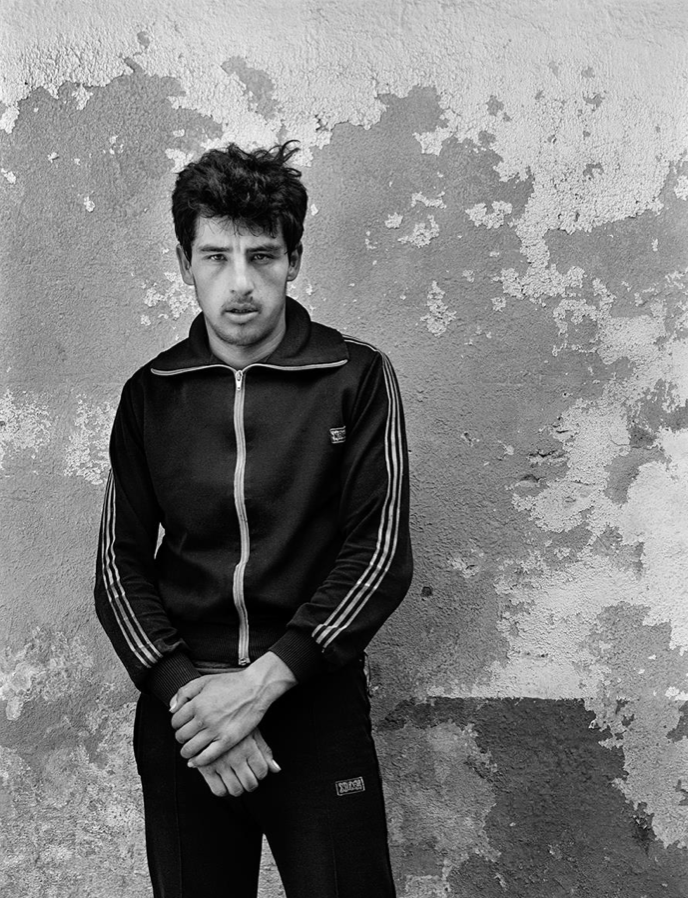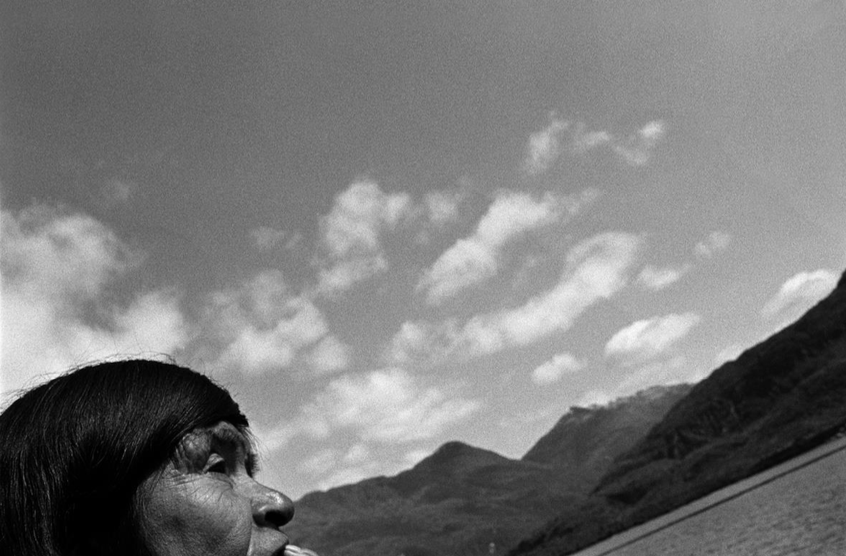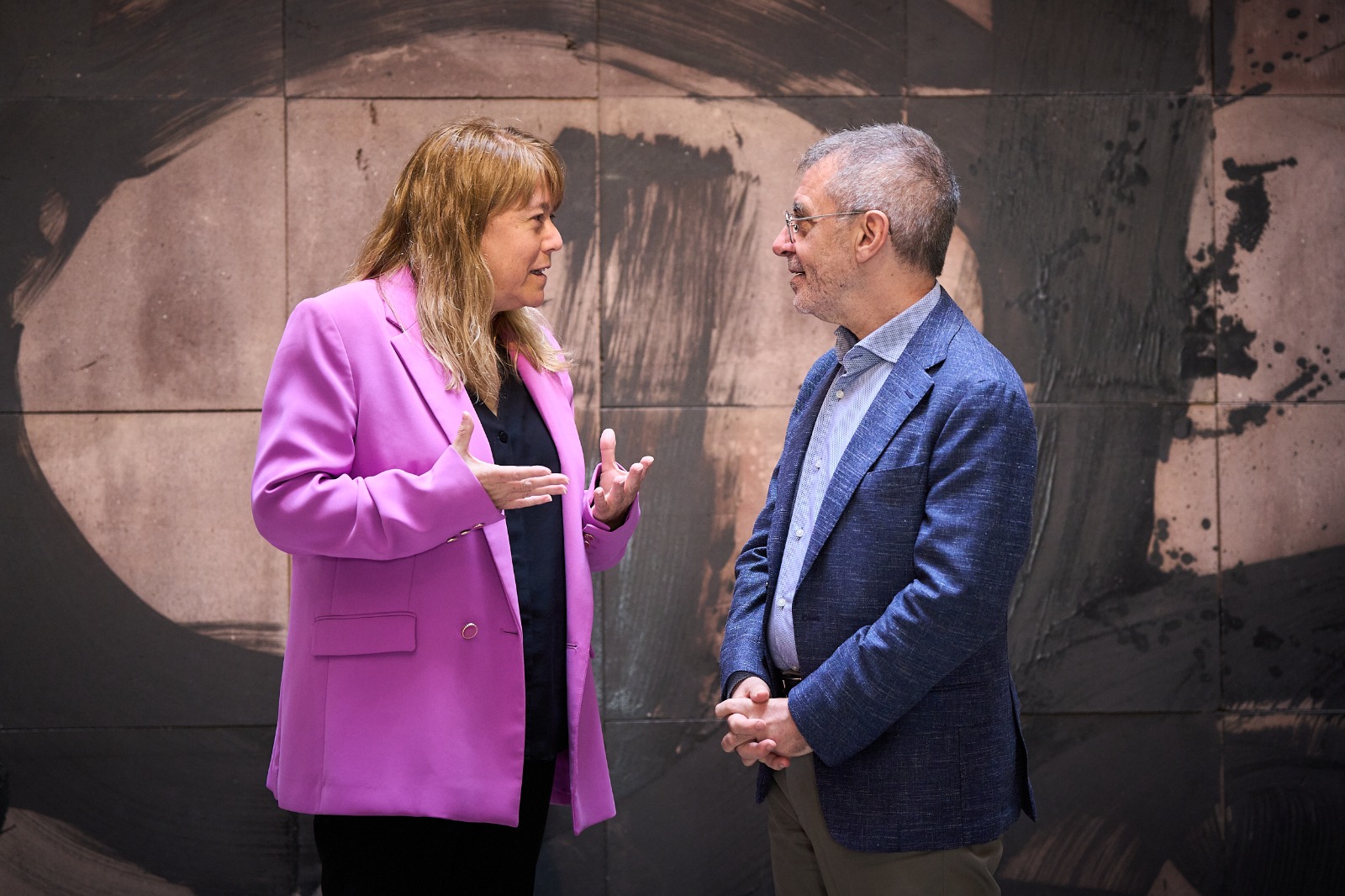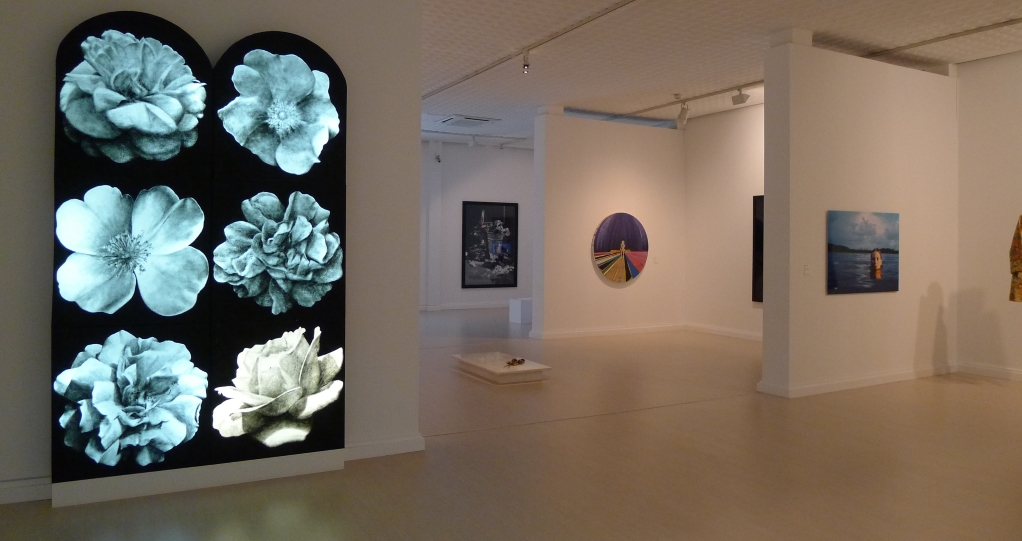interviews
Paz Errázuriz: "The images are the result of my commitment, my research and my way of knowing the society in which we live"
Paz Errázuriz is one of the most internationally recognized Chilean artists. Until September 15, the KBr Fundación MAPFRE is dedicating a retrospective exhibition to him that covers his work from the seventies to the present day

Paz Errázuriz (Santiago de Chile, 1944) delved into photography in the seventies in a self-taught manner and in 1981, co-founded the Association of Independent Photographers (AFI), an organization that supported different initiatives in the field of photography . She is one of the most internationally recognized Chilean artists whose work can be described as a social witness to the reality of her country and its environment. His work, largely framed in the context of the Chilean dictatorship (1973-1990), tries to make visible the lives of people marked by the regime's repressive policies. Away from classic photojournalism, the author starts from a deep observation of the human condition to make the different series.
What does photography mean to you?
It's a way of life. With photography I feel a constant emotion, and of course having the possibility to have peers, to be constantly in relationship with others and to think how others see the world, what it is that they see. Basically, it's something that has helped me a lot in my search for life. Thanks to photography, I have also been educated a lot. I have been able to read and research a lot and it is a very pleasant experience when I am doing it.
What attracted you to the portrait of people?
It's a bit of research that I did to learn about the subjects that society makes invisible, a way of using photography as an excuse to be able to research. I also recorded the conversations thinking about the possibility of having the image and the transcript. On the other hand, topics like "madness" and prostitution came to obsess me. At that time it was something that was missing from my own education, and this form of research led me to be able to make portraits of these subjects.
Does your work with the photographic image then have a strong social commitment?
The images are the result of my commitment, my research and my way of knowing the society we live in, which makes invisible all these issues, why they do it and what it means to belong to these groups. This is reflected in the photograph.
 Boxador V, Santiago, de la sèrie Boxadors. El combat contra l'àngel, 1987. Còpia digital per injecció de tinta. © Paz Errázuriz. Col·leccionis Fundació MAPFRE
Boxador V, Santiago, de la sèrie Boxadors. El combat contra l'àngel, 1987. Còpia digital per injecció de tinta. © Paz Errázuriz. Col·leccionis Fundació MAPFRE
A difficult task...
It is not easy to establish a relationship with the people portrayed that allows you to work so insistently with the images. Along with pictures, I always had a desire to record conversations and situations. Writing was always present. After spending a year working at La Poma d'Adam, I invited a journalist friend to do the text part for the first time. When we finished the photographic work of Infarto de l'Ánima, which is the crazy love project with couples of patients in a psychiatric hospital, we worked with the Chilean writer Diamela Eltit. The result was a very beautiful book. Later, I did another piece on the subject of Ochromatopsia, a vision problem that prevents you from seeing colors, and I ended up working with a poet. In my work there are always these two disciplines that collide and enrich each other: image and writing.
Does black and white photography have a special nuance for you?
Absolutely. I always worked in black and white, and I did all the lab work myself. It must also be considered that much of this work was done during the Chilean dictatorship and under strong censorship. Today I have an ecological stance regarding the analog fact, which has to do directly with water pollution and how much is spent on washing a single photograph. Chile is very threatened by drought and the desert is almost on top of it. Apart from taking the images, by revealing them you connect in the slow time, this time which nowadays is almost unbearable.
What was your first exhibition in Spain in 2018?
It was truly extraordinary, this exhibition was tremendously stimulating and challenging. Having an exhibition outside of Chile and of such a size (it was a great retrospective) was very important for me.
 Atáp, Ester Edén Wellington, Port Edén, de la sèrie Els nòmades de la mar, 1995. Còpia d'època de plata en gelatina © Paz Errázuriz. Col·leccions Fundació MAPFRE
Atáp, Ester Edén Wellington, Port Edén, de la sèrie Els nòmades de la mar, 1995. Còpia d'època de plata en gelatina © Paz Errázuriz. Col·leccions Fundació MAPFRE
What does it mean to have more than 170 works in the Fundación Mapfre collection?
It is a matter of pride that my work is in such an important collection as this and that, from Fundació Mapfre, they are always so attentive to my work. They have made some spectacular photo books, every book they have made is a wonderful print.
What have you rediscovered about the work by revisiting some of these photographs?
It has been very impressive to review these photographs taken years ago, it is like viewing my life diary. I thought I didn't forget anything, that I saw a picture and remembered exactly where I went, when and who I was. But I was surprised to find a series that, when it was taken, I couldn't show it because I knew it would be censored. To have this show resurrected in Paris in 2023, showing work from the 1980s for the first time, gave me incredible joy. And of course, also to see old friends and family again in the pictures.
What excites you about the future?
Deep down, I don't know if I'm excited or scared to try to finish a lot of things that I have on the way. I hope to be able to make them and I also hope that photography follows this well-maintained path at the Mapfre Foundation. It's excellent curation, the selection of photographers, right down to the very printing of the books. The importance and careful treatment of my photographs excites me greatly.









